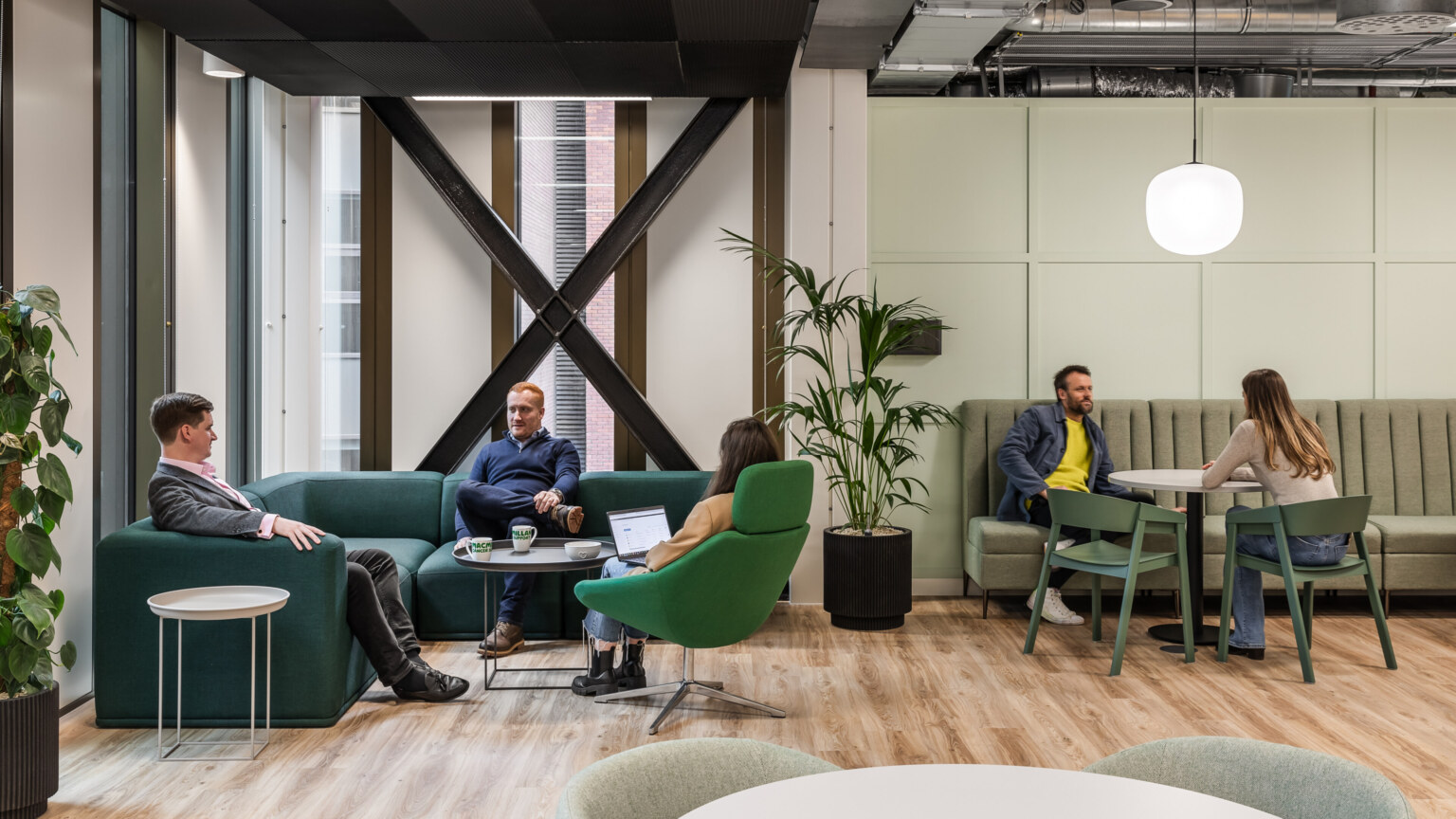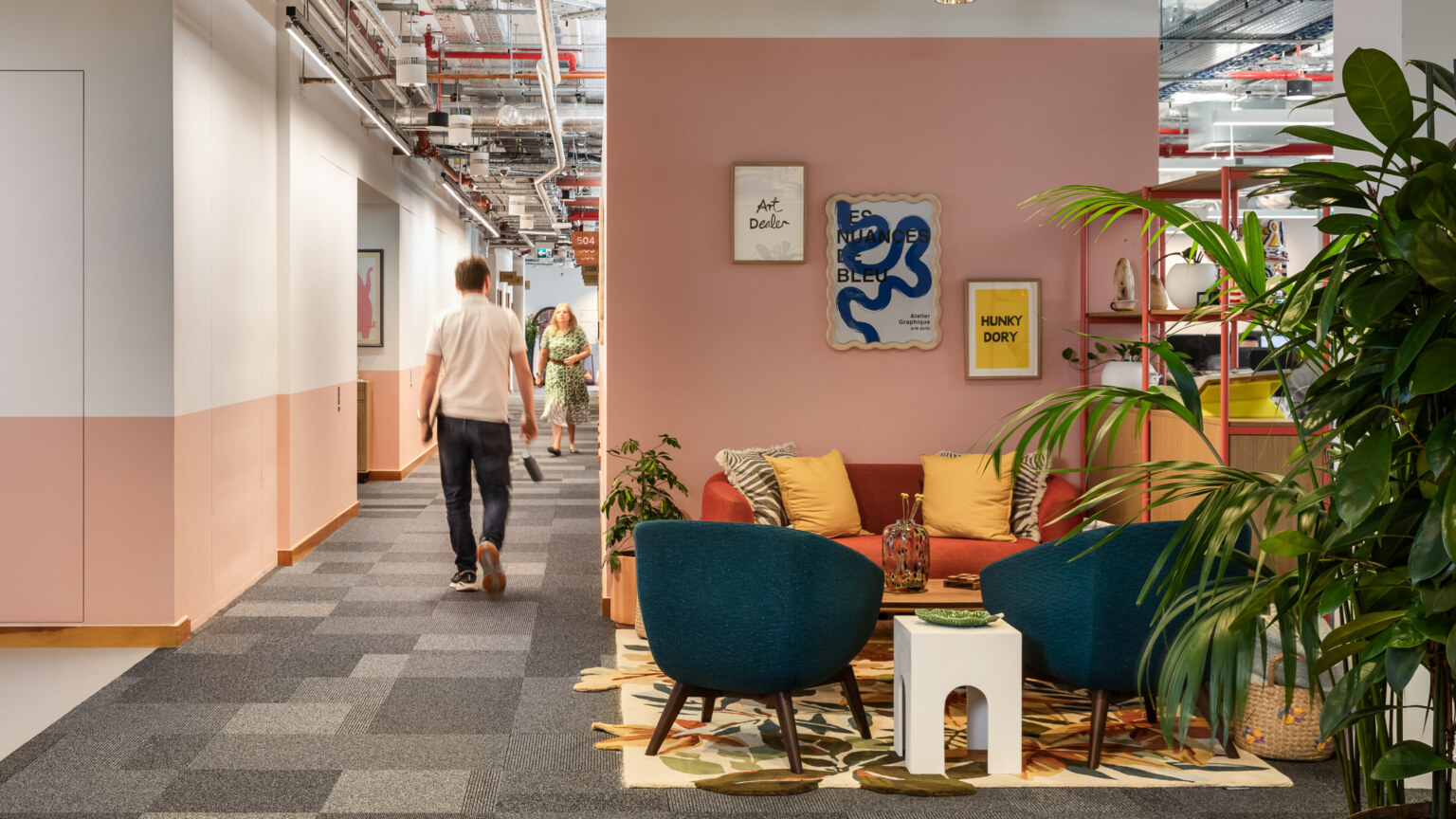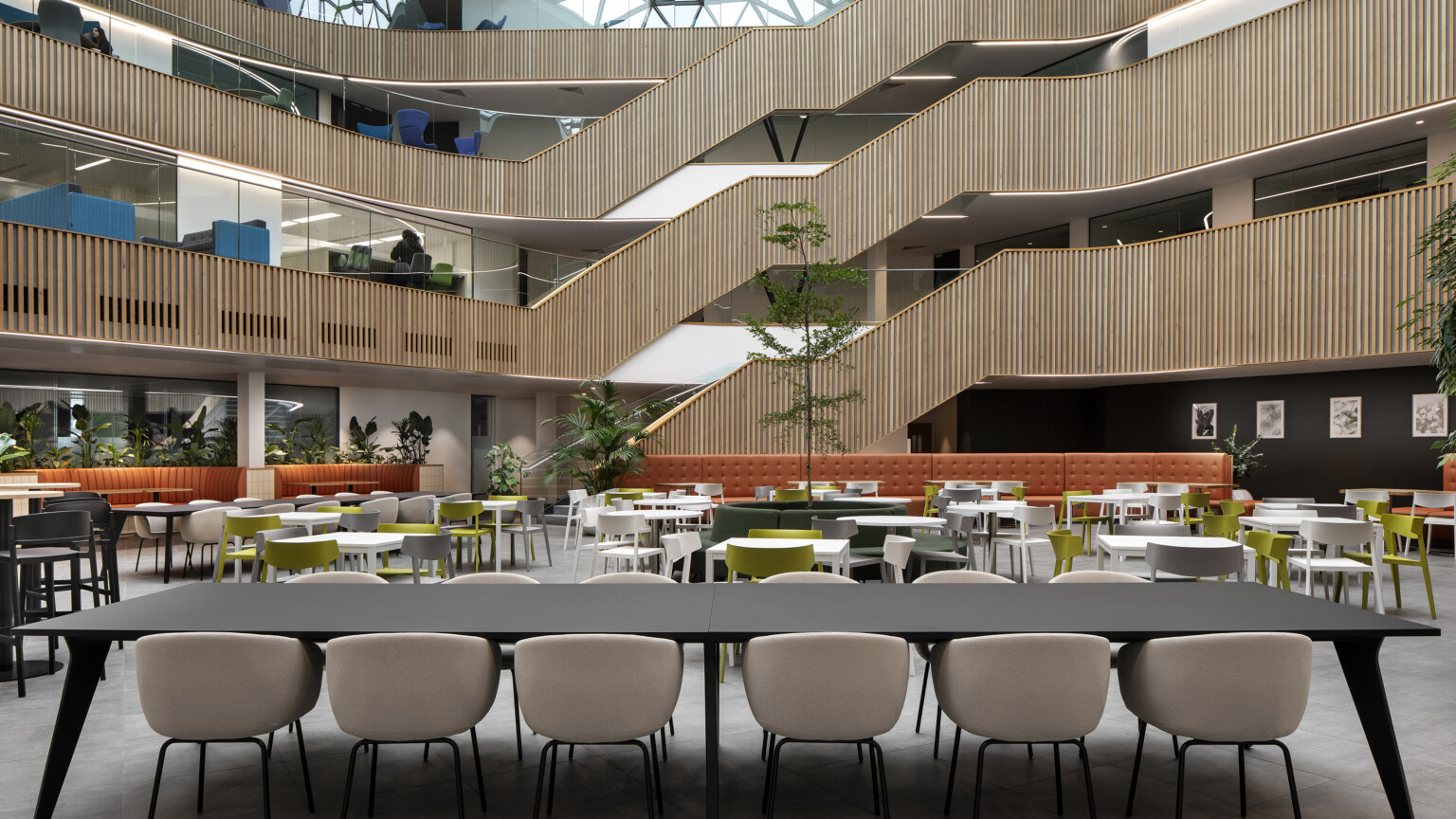-
Jenny Edwards, Creative Director at Oktra, recently took part in an industry roundtable on sustainable approaches to design and build, hosted by Komfort Partitioning.
Titled “Designing & Building Sustainably: The Embodied Carbon Reality Check”, the session brought together leading voices from across the built environment to build a shared, informed perspective on how the sector can overcome current uncertainties and accelerate progress toward truly sustainable fit out practices.
We’re at a pivotal point, where understanding the barriers to meaningful progress is key to shaping what comes next for sustainable fit out. Framed around the principle of collaboration over competition, the conversation underscored that driving lasting change depends on shared standards, open communication, and collective accountability across the entire supply chain.
-

-
Key takeaways from the roundtable
Five core themes emerged from the roundtable, ranging from the challenges posed by limited data to the role of policy, education and culture in moving the industry forward. Below we take a look at some of the key takeaways from the conversation.
1. Circular design is key to reducing waste
One of the core topics throughout the discussion was the role – and importance of – the circular economy in designing sustainably. The panel emphasised how prioritising low embodied carbon, modularity and future relocatability from day one is an essential strategy in reducing waste and extending the lifespan of materials. A circular approach to workplace design, where components are reused and reconfigured rather than replaced, helps decouple growth from resource consumption and turns sustainability from an afterthought into a design principle.
Participants were aligned on the idea that, for this approach to succeed, the industry must develop the infrastructure that enables reuse at scale. Establishing robust logistics and storage protocols for reclaimed materials and creating viable reuse and distribution hubs will ensure a reliable supply of quality, tested components. By collaborating on these systems, businesses can generate a positive ripple effect across the sector and make circular design both practical and commercially viable.
2. Policy and incentives can accelerate transformation
Another key theme that came through strongly was the influence of financial drivers on sustainable choices. The group agreed that when cost and carbon are aligned, it becomes much easier to encourage more sustainable decision making across the sector. The guests talked about introducing a carbon tax, designed to make high-carbon projects more expensive. They also raised the idea of stricter building standards to ensure all projects meet consistent sustainability requirements from the outset. Just as importantly, they noted that support from government and relevant bodies will be crucial in driving these changes at scale.
3. Reliable data underpins real progress
Access to accurate, consistent embodied carbon data remains one of the most significant barriers to sustainable change and was another key talking point during the discussion. Without it, businesses will likely struggle to measure performance or distinguish genuine progress from greenwashing.
The group agreed that greater transparency across the supply chain is essential to ensure sustainable design intent is delivered in practice. By collaborating to share reliable data and following examples like the Net Zero Carbon Building Standard, the industry can make more informed decisions and base sustainability outcomes on evidence rather than aspiration.
4. Education and culture drive meaningful change
The panel also spoke on the importance of closing the industry’s knowledge gap. This education piece, participants agreed, is essential to overcoming the fear and uncertainty surrounding sustainability. One idea that was brought to the discussion was embedding sustainability into every Continuing Professional Development (CPD) session, with the aim of standardising knowledge and ensuring complex data, such as EPDs, are properly understood and applied.
5. Fostering a sustainable mindset through business culture
The group also touched on the role individual businesses play in building a more sustainable mindset. Speakers agreed that small, everyday change can make a big difference when it comes to supporting the wider shift toward a circular economy.
Ideas like running “Green Weeks” or creating a bit of healthy competition between departments were highlighted as simple ways to get teams thinking about waste and carbon in their day-to-day work. These kinds of initiatives help make sustainability feel real and shared, rather than something that sits outside the organisation.
-
The roundtable made clear that meaningful progress will depend on collaboration across the built environment.
By sharing knowledge and championing more sustainable approaches, the industry is well-placed to turn ambition into lasting, measurable change.
-

-
Contact us
Speak to our workplace specialists
020 7553 9500
info@oktra.co.uk
-


